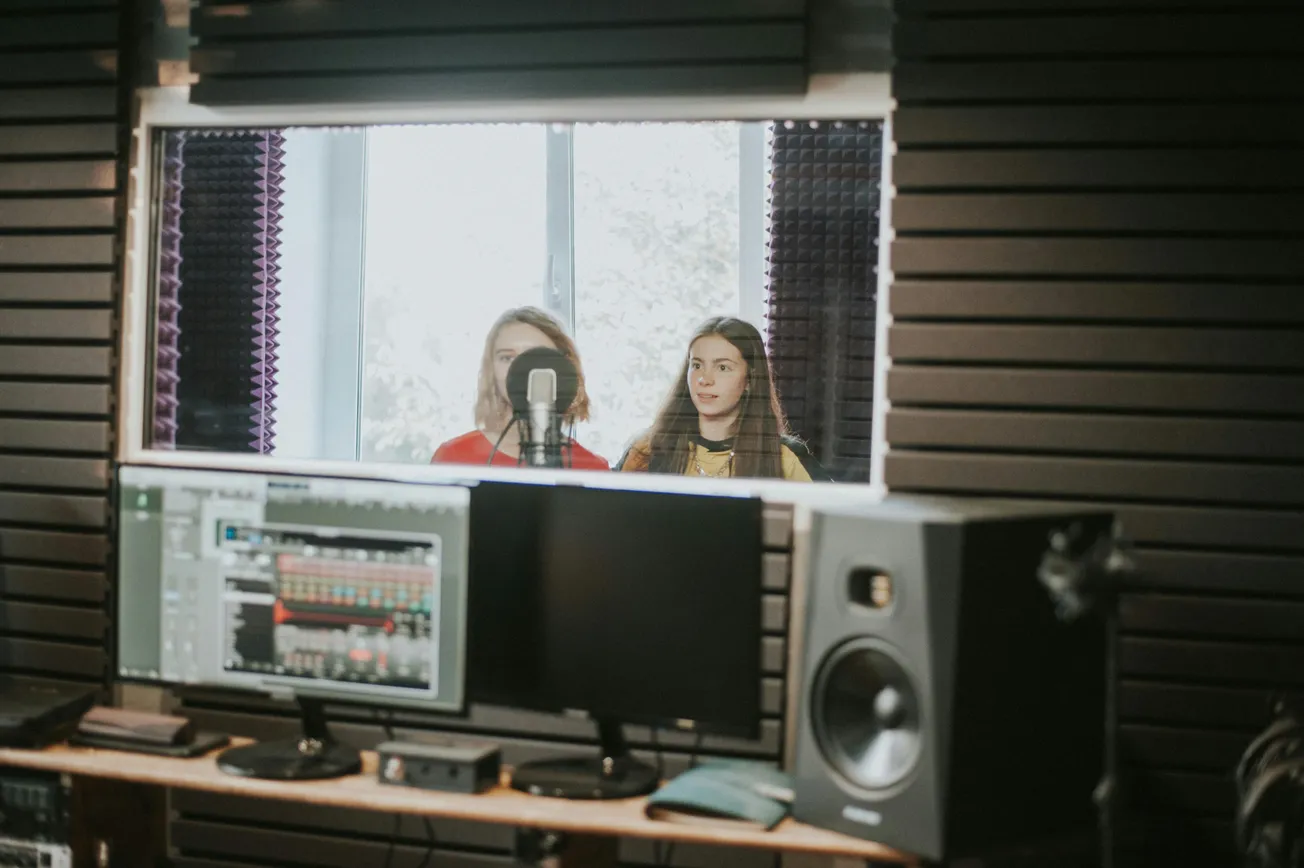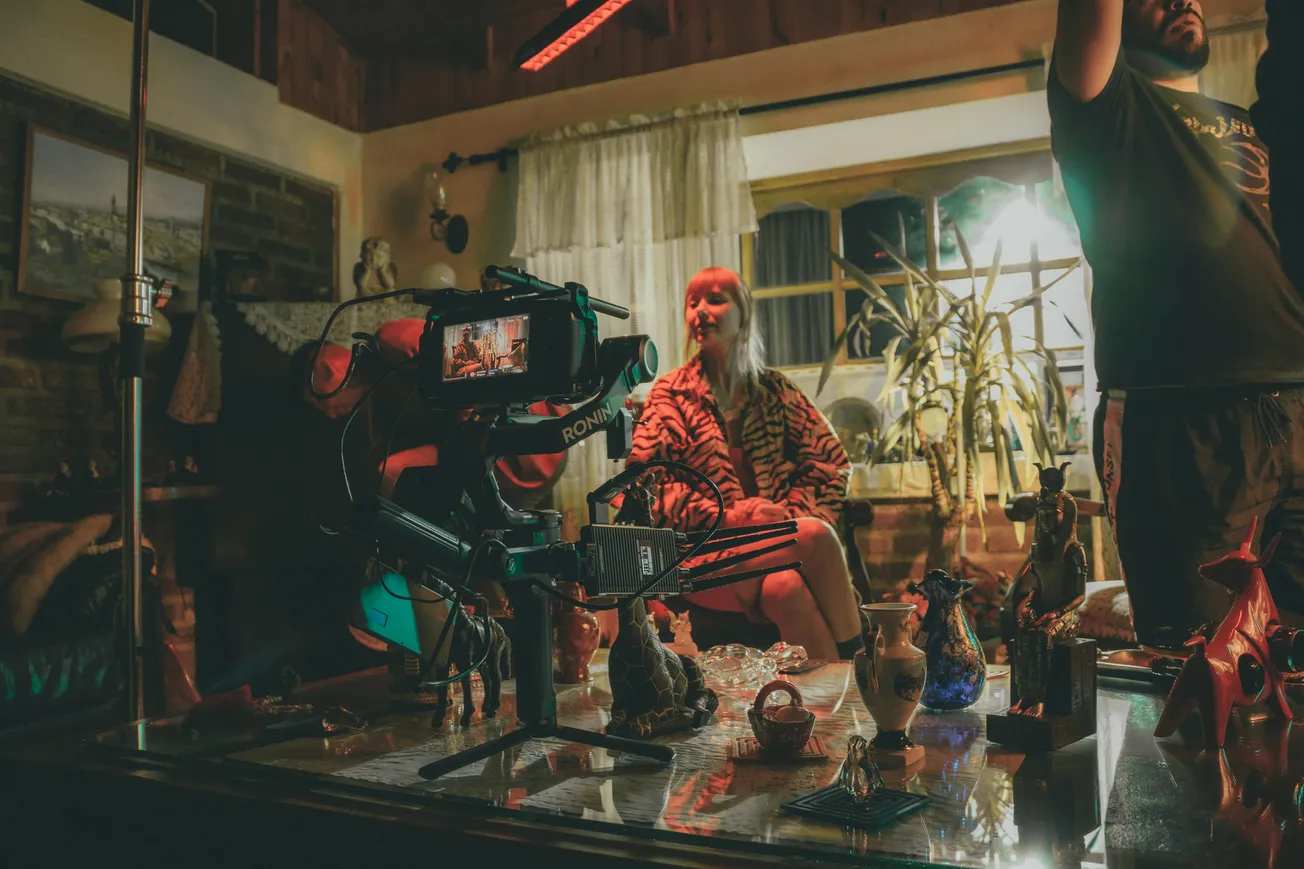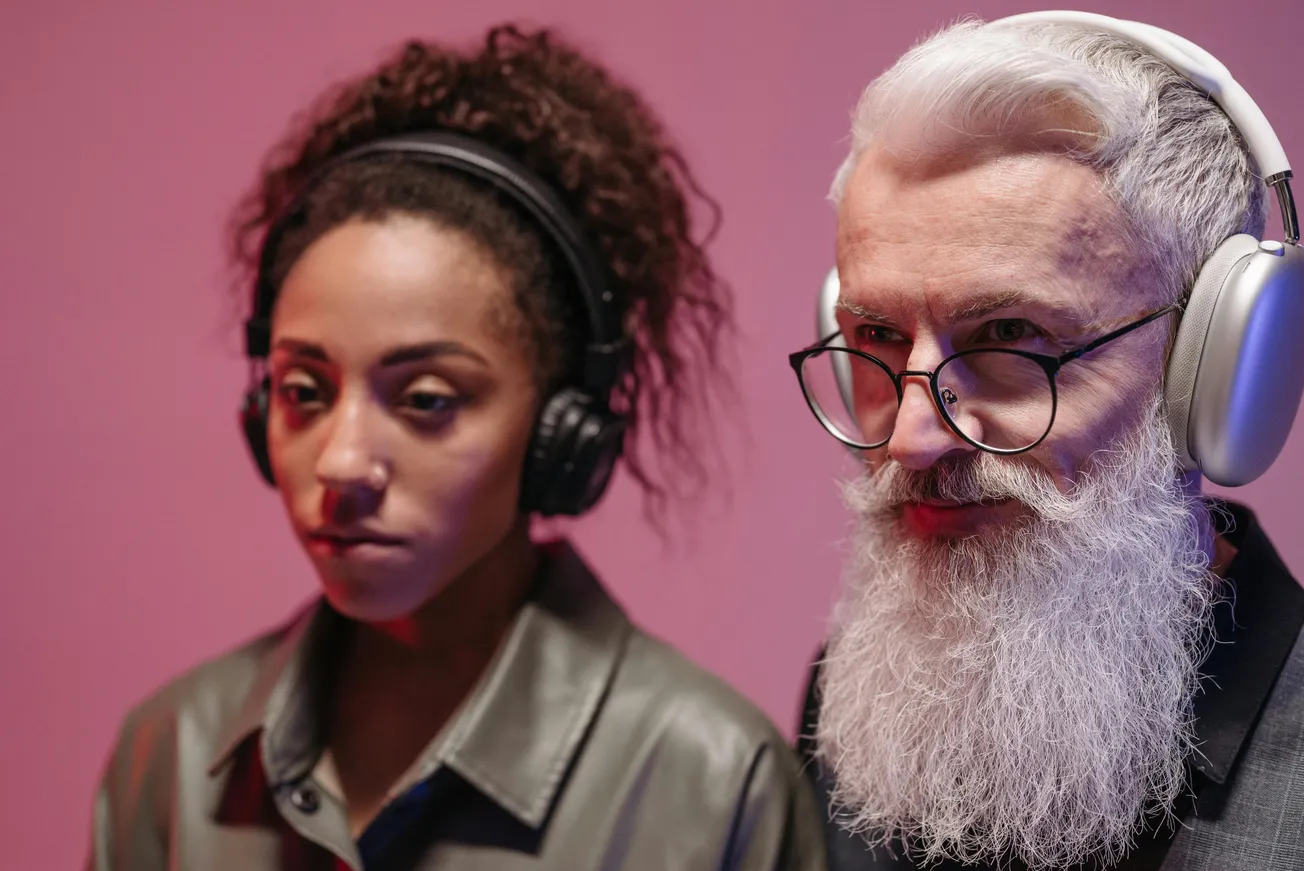South African satellite TV provider DStv has cancelled several of its broadcast video podcasts just five months after their high-profile launch, following breaches of broadcast ethics and controversy over inflammatory comments.
The move highlights the challenges of merging the spontaneous nature of digital content with traditional TV standards.
DStv’s Podcasting Push and Quick Retraction
When DStv introduced eight homegrown video podcasts to its TV schedule, the company framed it as a bold step toward blending the unfiltered energy of podcasting with television.
However, the experiment quickly ran into problems, as some of the podcasts clashed with established broadcast guidelines.
Just months after the initial launch, at least two of the featured shows were removed. One—Open Chats—was dropped after the airing of racist comments on the podcast (though the specific controversial episode was never broadcast), with DStv citing breaches of ethical standards.
The cancellations underscore the difficulty of managing live or loosely scripted discussions in formats where compliance with broadcast rules is strict.
Tension Between Podcasting Freedom and Broadcast Rules
Podcasts thrive on candid and often provocative discussions, but television broadcasting is governed by a rigorous code of conduct and regulatory expectations.
The recent cancellations demonstrate a core challenge: The very qualities that make podcasts engaging can conflict with the need for editing, oversight, and accountability demanded by TV broadcasters.
Wider Implications for Media Convergence
The abrupt end of unfiltered podcasts on DStv raises important questions about the future of media convergence. As more broadcasters seek to tap into online formats to appeal to younger and more digitally native audiences, finding the right balance between authenticity and regulation will remain a challenge.
This episode may prompt other broadcasters to reconsider how, or if, they integrate podcasting into linear TV.
While DStv’s experiment has hit a stumbling block, it has ignited a broader conversation about evolving media standards and the potential and pitfalls of blending digital-first content with traditional television.







